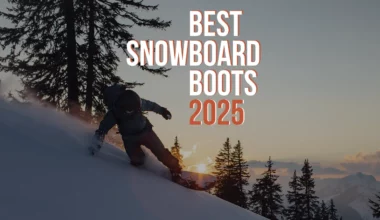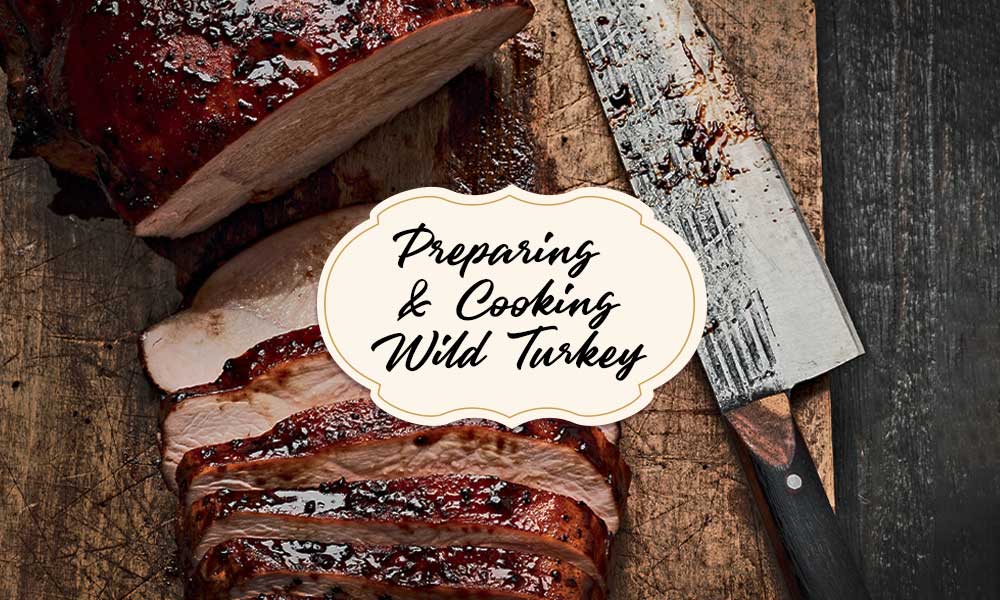If you’ve been looking for your first snowboard, you’ve probably come across various snowboard size charts and heard things like, “The board should reach somewhere between your chin and nose.” While those are good starting points for finding the right size, they only tell part of the story. You can also try to use a detailed snowboard size calculator that would suggest a size based on your weight, shoe size, riding style, and ability (which are all better metrics than the rider’s height, btw), but wouldn’t you rather actually understand why this or that size suits you?
In this short guide, we’ll try to gather only the most valuable tips to understand what snowboard size to pick. Let’s get into it.
Why Rider’s Weight Matters for Snowboard Sizing
Probably every snowboard sizing guide of the last few years begins with the importance of the rider’s weight. And they are right—your snowboard doesn’t care if you’re tall or short—it only “feels” how much you weigh. Each snowboard is designed to perform best within a recommended weight range. This helps ensure the board flexes and performs as it should.
So here’s what you need to understand:
- If you weigh too little for the recommended snowboard length, the board will feel stiff and less maneuverable, making it harder to turn and control.
- If you weigh too much for the length, the board will feel overly flexible and soft, resulting in less stability—especially at higher speeds.
So, for the best ride, start by checking the weight range listed in the board specs.
Quick Tip: Don’t panic if you’re slightly outside the range! Most boards can handle riders a little over or under.
Board Size Charts Are Just a Starting Point
Snowboard size charts (based on weight, but height) are helpful, but they’re just guidelines, not hard-and-fast rules. Besides, board sizing can vary slightly between brands, so it’s always worth checking the charts for specific models you’re interested in. Once you have a range, weigh it against your personal preferences. For example:
- If you need more stability at high speeds, lean toward the longer end of the recommended snowboard size range. Longer boards are generally a good choice for freeriders and powder riders.
- If you want quick, playful turns, go shorter. Great for park riding or hitting tight tree lines.
Boot Size and Board Waist Width
Snowboard boots size is another factor that determines your snowboard fit—not in length but in width. The board’s waist width (the narrowest part of the snowboard) needs to match your boot size to prevent dragging your toes or heels while turning (toe drag/heel drag).
- If boots are too long for the board’s waist width, your toes or heels will overhang the board and might drag in the snow while turning.
- If boots are too small for the board, you’ll struggle to transition from edge to edge, making turns harder and less fluid.
A little toe or heel drag is okay, but ideally, your boots should sit snugly within the edges. Riders with larger feet (usually size 11 or above) should look for wide boards to avoid toe drag.
Terrain and Riding Style
Your riding style and terrain are also vital for choosing the right snowboard size:
- Beginner riders: Stick to an all-mountain board with a standard size that’s easy to control. These boards are versatile and perfect for learning. Also, you’ll likely spend your time on groomed slopes, so avoid niche designs like powder boards or park boards until you’re more experienced.
- Groomers & All-Mountain: Again, go for something in the middle of the size recommended for your weight range. This keeps your board easy to handle while offering enough versatility for a mix of groomers and occasional off-piste riding.
- Freestyle/park riders: Opt for a slightly shorter board—2 to 3 cm below the shortest end of your recommended size range—for better maneuverability and quicker turns for tricks. However, if you like speed riding, consider a longer snowboard for more control.
- Freeriders or powder riders: Go for the longer end of your size range for increased stability and better float in deep snow.
Board Profile
The profile of your board—its overall curve when viewed from the side—makes a huge difference in how it handles. The two most common profiles are rocker (curved upward at the ends) and camber (curved downward in the middle):
- Rocker (Reverse Camber): The rocker profile is a solid choice if you’re into powder. The upward curve naturally floats in deeper snow, making it easier to keep the nose up. This means you can size down a few centimeters and still get good powder performance. However, on groomers or hardpack, rockered boards tend to lose a bit of their edge hold, so you might need a longer board to compensate for its reduced effective edge.
- Camber (Traditional Profile): On hardpack or groomed runs, camber boards are the boss. They give you better edge control and pop, making them perfect for carving. In contrast, in powder, they won’t float as easily. Stick with a slightly longer length for more stability—or be ready to work a bit harder to keep that nose up.
Riding Level
If you’re just starting out, a slightly shorter board is generally easier to handle. A shorter board makes turning and controlling your edges much more forgiving, especially at slower speeds. Maneuverability is critical when learning—going too long can result in a stiffer ride that’s harder to turn and control.
Also, beginners should look for boards that have:
- Simple shapes
- All-mountain type for versatility
- Softer flex for better control
- Catch-free bends (so you’re less likely to catch an edge and wipe out)
More experienced riders should look for the following:
- Unique shapes for specific riding styles (freestyle, freeride, etc.)
- Hybrid bends for versatility
- Features designed for skill progression
- Higher-quality construction for improved performance
Other Specs to Consider
Once you’ve pinned down your terrain, it’s time to look at the board’s details. These specs make or break how the board rides, so pay attention.
- Shape: Twin, directional, asymmetrical, or volume-shifted—each shape rides differently. Twin shapes are great for the park. Directional is perfect for all-mountain or powder. Volume-shifted boards? Extra float without the bigger size.
- Flex (Personality): A board’s flex determines how stiff or playful it feels. Softer boards are more forgiving and playful—great for park newbies—while stiffer boards are stable for charging steep lines.
- Effective Edge: Longer effective edges = stability at high speeds but heavier to swing around. Shorter edges = zippy turns and better maneuvering, though you sacrifice some control on hardpack.
- Sidecut Radius: A smaller sidecut makes turning easier and quicker. A larger sidecut radius keeps you stable at higher speeds.
Expert Sizing Tips
- Test It Out: If possible, visit a local shop and physically stand on some boards. It’s the best way to get a feel for whether the board fits comfortably for your size and build.
- Look Beyond Charts: Snowboard size charts are a starting point—use them to guide your research, but don’t hesitate to break “rules” based on personal preferences.
- Ask for Advice: Reach out to shop experts to get tailored recommendations based on your weight, height, riding level, and terrain.
![What Snowboard Size Should I Get? [A Quick Guide] 1 how to choose snowboard size guide](https://blog.gritroutdoors.com/wp-content/uploads/2024/12/how-to-choose-snowboard-size-guide-1160x680.webp)










